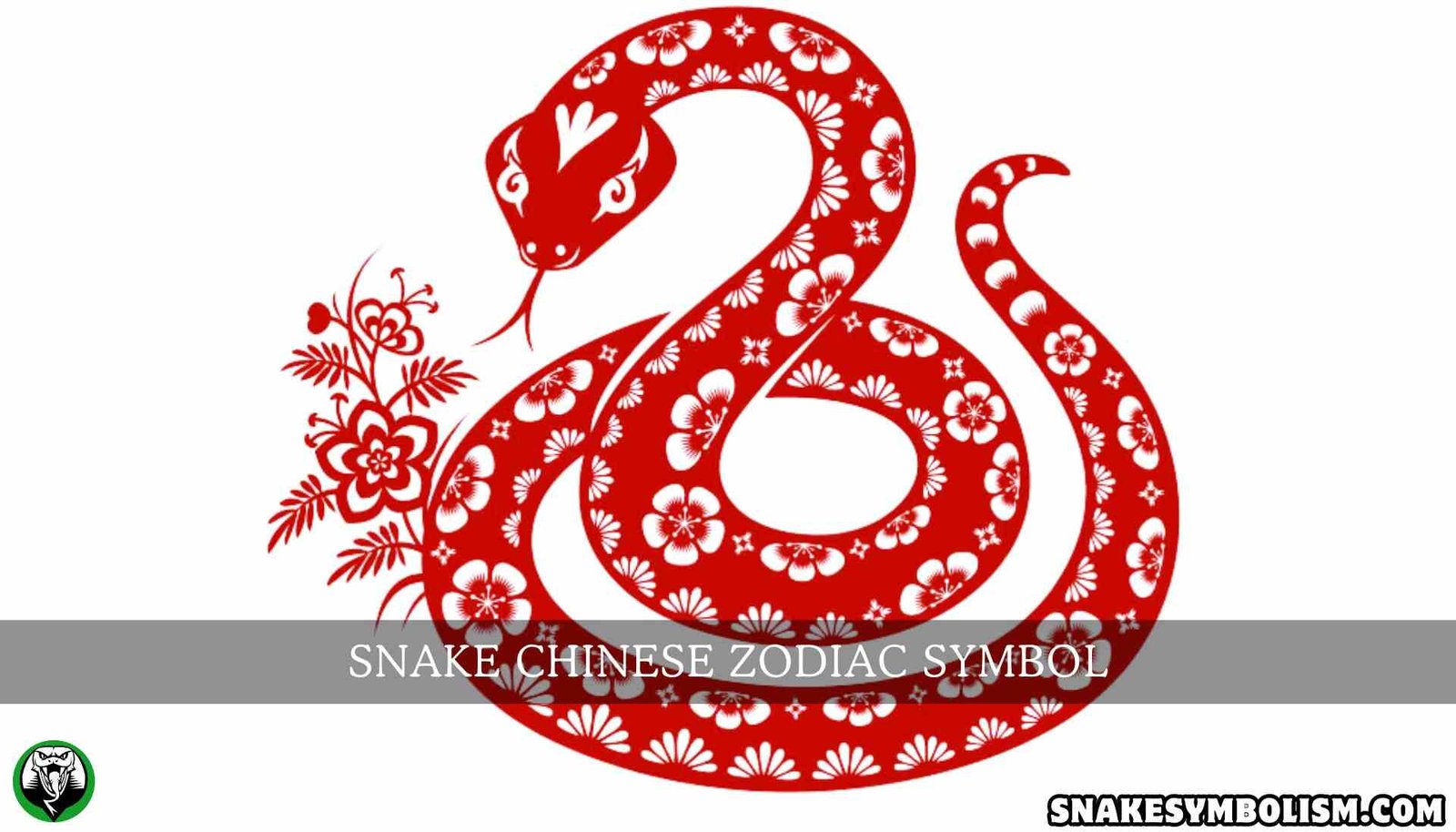Introduction
Snakes have always been bold representations, as they can be viewed as many things such as transformation, healing and even danger and treachery. This research paper presents the analysis of snake’s symbolism broadly in different societies and situations and how they have shaped the world of mythology, medicine, and the culture of today.
The Snake as a Symbol of Transformation
Most of the concepts grasped about snakes relate to transformation. More accurately, the snakes undergo a peculiar regression to the stage when they shed their skins periodically which is called ecdysis and is often deemed a process of freshening up, or advancement in a person. The act of a snake in a bid to transform is one whereby it gets rid of the old skin to let new skin grow and hence get some new sense of hope. This makes the snake a rare symbol of transformation and rebirth.
Numerous communities believe that the ability of a snake to change is associated with a person’s growth. To cite an example, in Hinduism the god of the serpent – Naga is the representation of the cycle of life death, and rebirth. Among the ancient people, the Nāga were not only associated with a potential loss; they were thought to have rejuvenation power and healing properties associated with fertility and riches. In the same manner, in Ancient Greek mythology, there was Asclepius – a god of healing and medicine, who would have a snake wrapped around his staff as a sign of healing and restoration.
The Snake as the Symbol of Healing
Healers were not the exclusive group of sanative snakes in the ancient lore: to modern societies, this association extends as widely. Caduceus, in the same vein, is a staff with a spiral bell, entwined around two serpents is the popular medical emblem that wrongly represents medicine or medical practices or the medical fraternity which it is intended to mildly mean. But it is best known for the image of virtues associated with the round Rod of Asclepius, which has a single snake wrapped around it, the most non-controversial symbol of medicine and healing.
Ancient Greeks saw snakes as the most sacred and healing servants of Asclepius. The shedding of a snake’s skin was equated with the idea of healing and self-rebirth. It was perceived as a symbol of rebirth and therapy – both, physical and spiritual because a reptile loses its skin and grows a new one. This symbolism has not gone away; these days the snake is still a strong medical representation.
The Snake as a Symbol of Wisdom
In many cultures, the snake is often in symbolism with wisdom. The snake, in conjunction with wisdom, has somehow, something to do with mother earth or being class places of hidden or sacred knowledge. For instance, from the biblical perspective, the serpent in the Garden of Eden had two roles – that of seduction and illumination. Whereas the snake’s actions brought about the fall of man, it was also a symbol of a struggle and desire of humanity to seek meaning and knowledge.
From the East, the philosophy of Tao or Buddhism would often include snakes among the symbols of wiseness. In China, the dragon is typically depicted as a snake-like entity; it resonates with bravery as well as wisdom and auspiciousness. It embodies the basic elements of the universe in its gross form and links with the wisdom of the ancients.

The Snakes Study: Danger and Deceit Attributes
Snakes, on the other hand, are also symbolic of danger, deceit, and evil ways. This negative symbolism can be traced back to the Judeo-Christian religions specifically owing to the figure of the snake in the Garden of Eden, which most Christians consider as a source of temptation and sin. In the book of Genesis, for example, where the story of Adam and Eve is told, the interpretation of the serpent as evil cannot be avoided.
In many other native societies, the snake is also considered to be dangerous and distrustful. For instance, the generative myth and folktales in African cultures regard the snake as a deceitful and dangerous being to be avoided. Their shape and color which are almost the same as that of the environment they are in and their capacity to strike quickly and succinctly aid them in being seen as figures of danger and deceit.
Read Previous – Egyptian isis with snake symbols pictures
The Snake as a Symbol of Protection and Guardianship
However, despite menacing attributes to sot, war, and death, snakes have been given protective characteristics in several ways. The Cobra snake’s representation in that era was enormous – this was done by wearing it in the crowns of the Pharaohs to signify control over the people. The aggressive aspect of the snake as a weapon defending religious sites also contributed to the perception of snakes as protectors.
Equally, the snake represents for some Native American societies a guardian of the land and its regeneracy. The Hopi, to take an example, hold that the snake is a picture of fertility and rain, and where there are snakes, the earth is healthy and rich.
The Snake in the Contemporary Age
Owing to the passage of time, this symbolism of the snake still changes in modern cultures. They are also incorporated in cinematic and other media, and reaching from modeling and arts, snakes are portrayed with different characteristics from danger and power to grace and enigma. A special attribute of the snake is it can be both feared and venerated at the same time which makes it a very alluring symbol in present-day society.
Snakes are a favorite design approach for fashion creatives who want to inculcate passion and seduction into the designs owing to the slender appeal of the snake. In most author creations and movie creations, snakes are known as antagonist heroes where there are soft sides and hard sides to the characters because their synergetic symbolism has been for ages.
FAQs
Q: What does the snake signified for different histories?
A: Depending on the culture, a snake can symbolize transformation, healing, knowledge, and wisdom. Of course, they also have quite negative connotations and evoke danger and treachery. For example, in Hinduism snakes advance the qualities of rebirth among other aspects while in Judea Christianity they are used as delineations of sin and temptation.
Q: Why is the snake connected to the idea of healing in many cultures?
A: One common reason behind such imagery is the fact that a snake is constantly shedding its skin and coming into existence anew. This is the reason why Asclepius, the Greek god of Medicine, is often depicted alongside one or more snakes, most commonly seen on a staff.
Q: What do snakes symbolize concerning wisdom?
A: There is a strong connection between snakes and knowledge because many cultures regard snakes as wise creatures who possess secret or hidden knowledge. As for Eastern traditions including Tao and Buddhist beliefs, it is said that the serpent or dragon is strength, as well as wisdom and fortune.
Q: When or why did a snake find its way into the Garden of Eden?
A: One of the prominent snakes described in the biblical story of the Garden of Eden is that of evil and deceit which largely explains the blames that have ‘fallen’ on man. This has resulted in the snake becoming a symbol of sin and evil in patriarchal ideologies such as the Judaic-Christian tradition.
Q: To what other uses are snakes used symbolically in the art?
A: On the other hand, where they believed in punishing the nuisance snakes, the Crow tribe filled them with an object and left them ashore for sea service for up to 2 weeks. Yes, and in some countries of ancient Egypt, pharaohs wore a silver coiled snake, also known as a ‘uraeus’, which was a stylized cobra, signifying divine power and safety.
In Short
To comprehend the symbolism ascribed to snakes, an examination of the cultures and the history that came up with the snakes has to be done. Their meanings are deep and diverse which depicts the fascination that people hold toward the snakes.
Stay connected and updated with – SnakeSymbolism!






